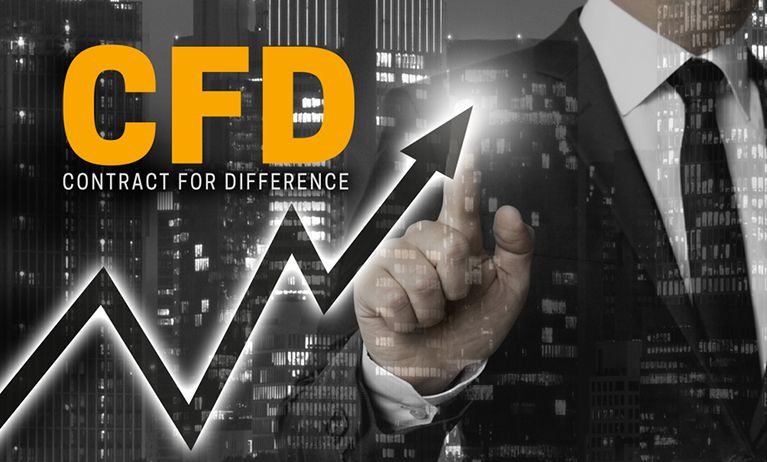It is a fact that all traders including those who are into CFDs wish to enjoy their profits. Did you also know that there is more to enjoy than active trading alone? Over the years, there have been heated discussions regarding active and passive as to which brings better profits. In this article, we will briefly discuss both trading strategies by giving you their respective advantages and disadvantages.
What is a passive trade?
Passive trading is basically more laid back than active trading as it requires lesser instances of buying and selling. Instead focusing on the fluctuation in market rates, it puts its priority in buying and holding which makes it a more comfortable trading practice for traditional traders. For any trader, it is important to analyze and keep track of their investments, which is why they always use the best investment management software to monitor their investment portfolio’s key parameters and to receive notifications for limits being breached on portfolio risk, price, yield, PE ratio and more.
Pros and Cons of passive trading
Most long term passive traders have held onto their accounts because it involves less frequent transactions in the market. In addition, this strategy does not acquire too much annual capital gains tax. Thus, this makes it a less costly approach to enjoy your profit.
Its downfall however is its limited coverage. Because passive trading usually involves definite indices, traders are bound to these holdings in all market instances. Consequently, passive traders say that they get paid off through their small returns.
What is an Active Trade?
An active trade is a trading strategy that requires thorough analysis of market rates with the help of market indicators. It also requires proper timing as the traders need to speculate on the right moment to either buy or sell a commodity.
Advantages and Disadvantages of Active Trading
Active trading is a much younger trade than passive trading but more and more people are also getting involved into the trade because of its convenience and promising features. Active trading is a strategy that is open to several avenues for trading.
This means that traders can trade at any time of the day and this can make them nimble and create profitable positions.When short selling, active traders can hedge and exit when they feel that their positions are already endangered.On the contrary, Active trading poses threats on cost and risks. Experts say that equity funds have a ratio of 1.4%. Other expenses also include payments for the trading support staff and applications.
Conclusion:
Through the explanations on this article, we can derive that more traditional traders find security in passive trading because it is obviously less expensive than active trading. Active traders on the other hand chose their trade because of the various opportunities that they can grab through the analysis of market rates.
Some would say one is better than the other but a discussion on this issue will only lead to “chicken or egg” discussion. It is very hard to identify which strategy is better because both of them were designed for specific purposes. For traders who are into CFDs, they would usually combine the two strategies in their trading experiences to gain better profit in their transactions. It is then safe to say that a knowledge in passive trading can lead to a better trading skill.



